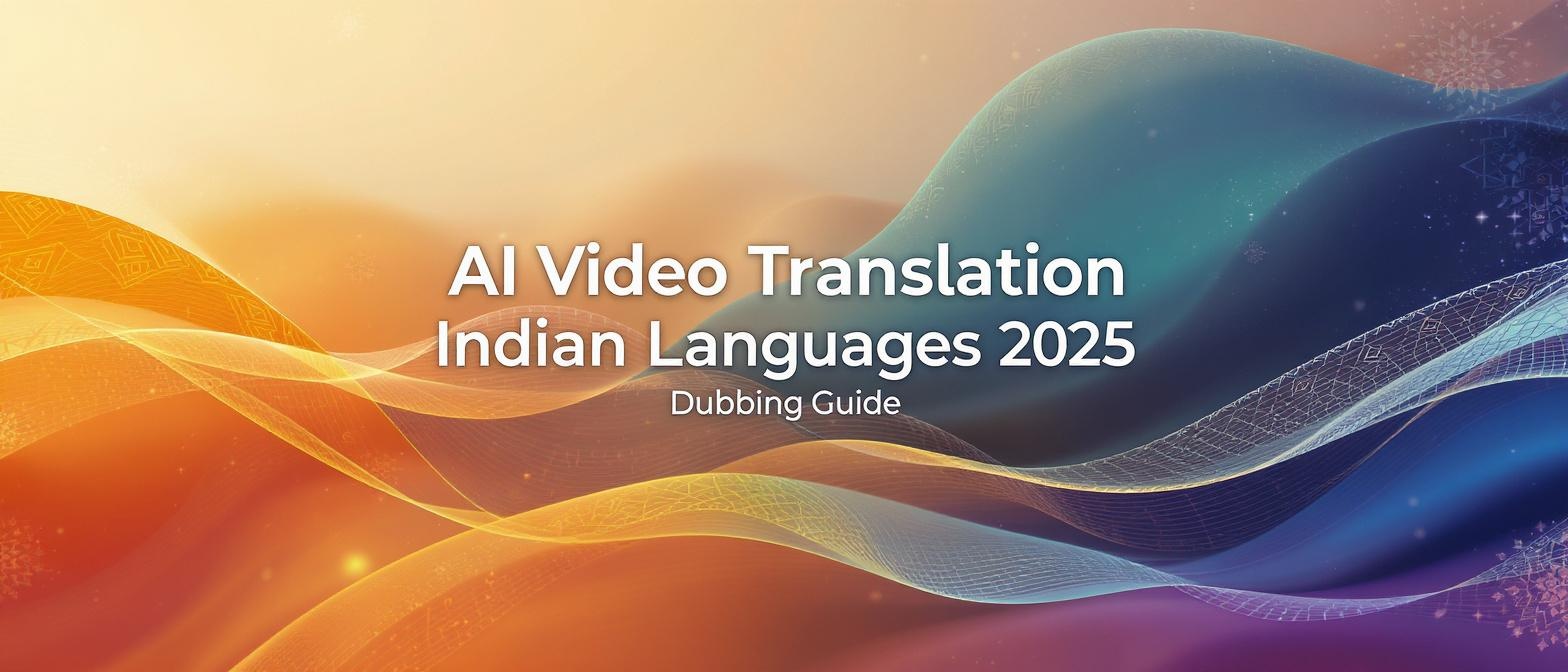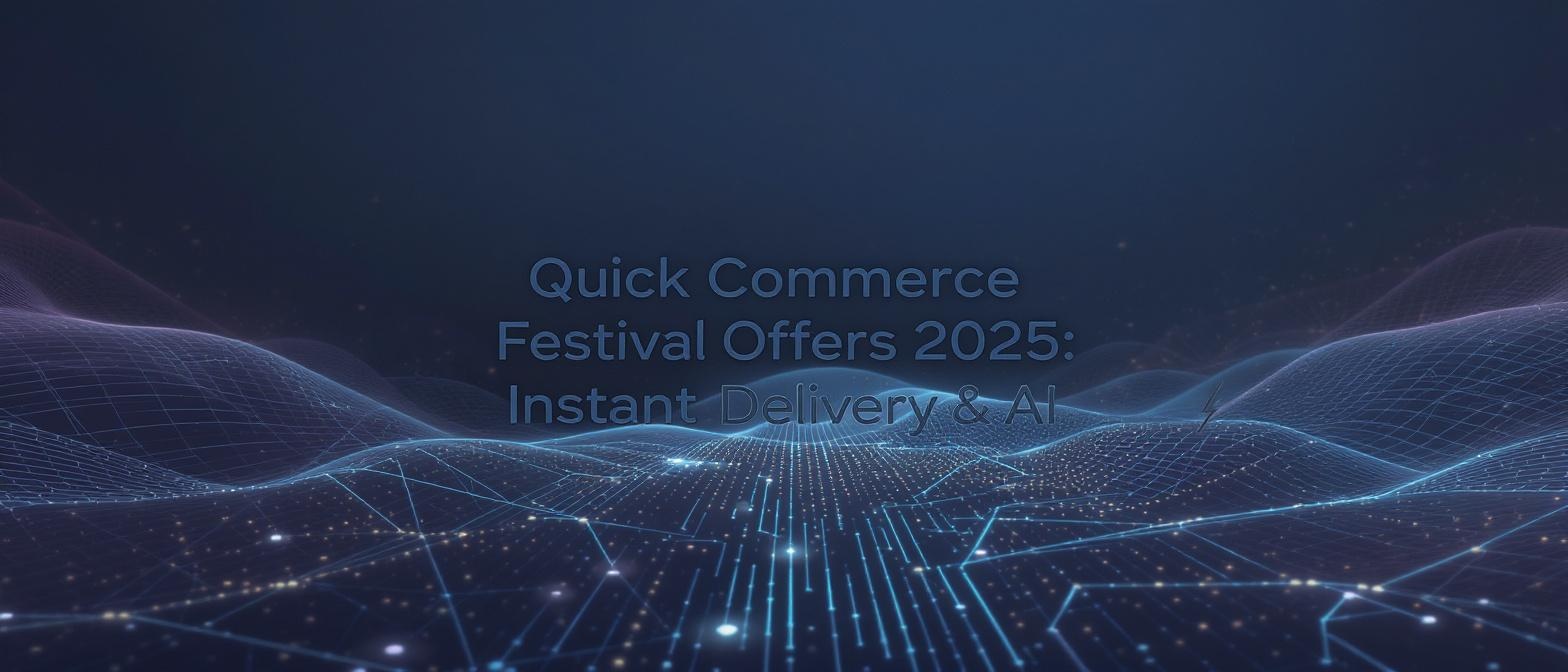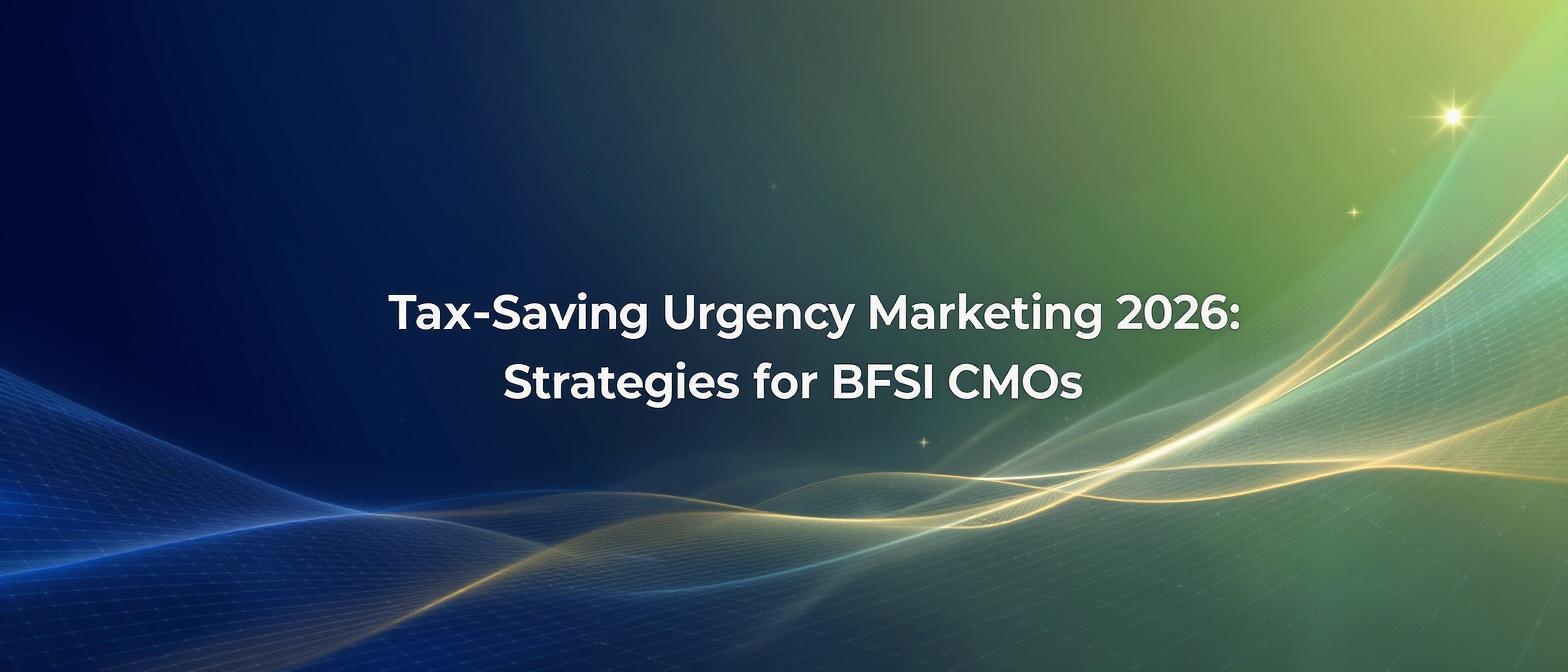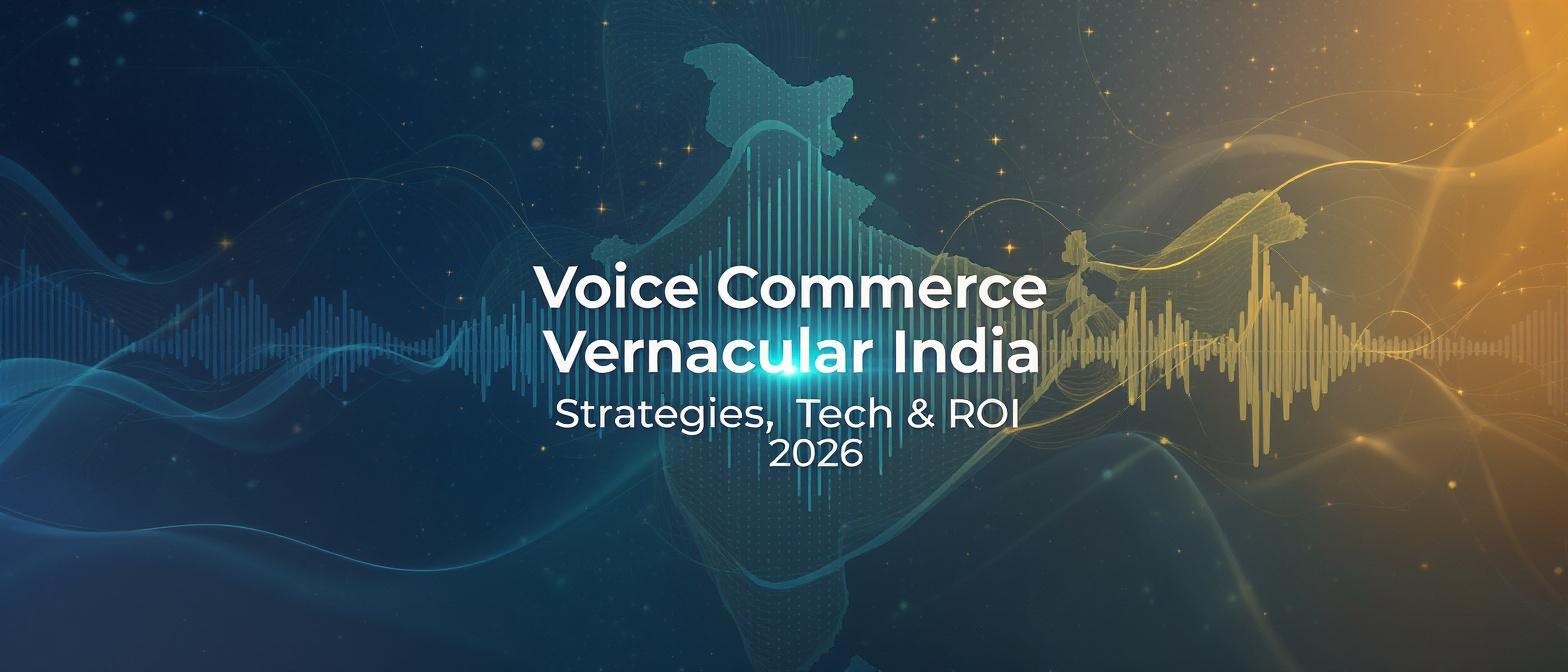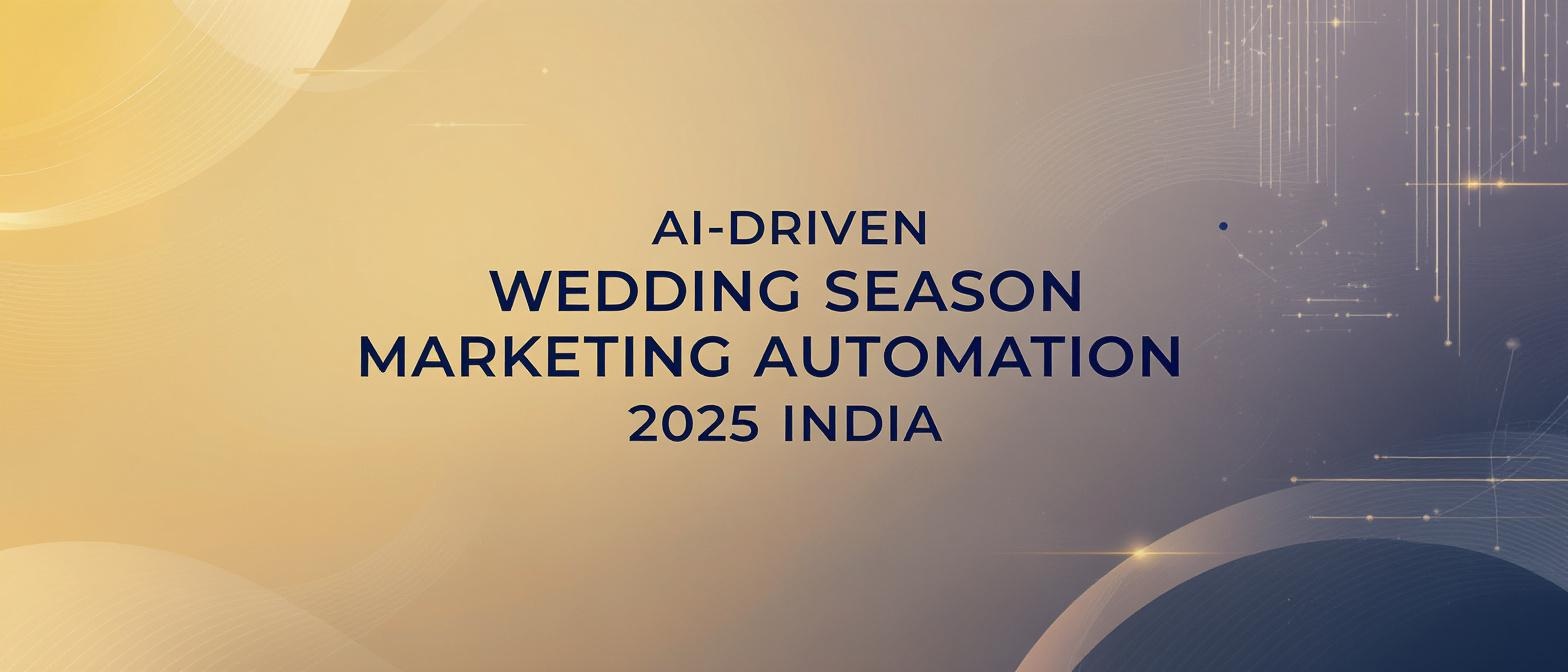AI Video Translation Indian Languages 2025: Your Guide to Accurate AI Dubbing & Localization in India
Estimated reading time: ~12 minutes
Key Takeaways
- AI video translation delivers multilingual content at lower cost and faster turnaround.
- Cultural nuance and transcreation are vital for genuine audience connection in diverse Indian markets.
- Cutting-edge platforms now offer near-human lip-sync, voice cloning, and emotional prosody.
- Regional strategies yield higher engagement, conversion, and brand recall.
The digital landscape of India is a vibrant, multilingual tapestry. With over 90% of Indian internet users preferring content in their native language, the demand for regional content has never been higher. For content creators, marketers, and media houses, this presents a monumental opportunity—and a significant challenge. How do you connect with diverse audiences across Hindi, Tamil, Telugu, Bengali, and dozens of other languages without breaking the bank or spending months on manual dubbing? The answer lies in the transformative power of technology. This is your definitive guide to AI video translation Indian languages 2025, the technology poised to redefine content accessibility and engagement across the nation.
Welcome to the new era of localization. In this guide, we will explore everything from the core technology and leading platforms to accuracy benchmarks and the crucial role of cultural nuance. We’ll delve into how AI is not just translating words but recreating experiences, enabling you to capture the hearts and minds of audiences in Tier 2 and Tier 3 cities with unprecedented scale and authenticity.
1. What is AI Video Translation? The Engine of Pan-India Reach
AI video translation is an end-to-end automated process that uses artificial intelligence to make video content multilingual. It goes far beyond simple subtitles. A comprehensive AI solution handles every stage of localization:
- Transcription: Converting the original audio into a text script.
- Translation: Translating the script into multiple target languages.
- Dubbing & Voice Cloning: Generating new audio in the target language, often cloning the original speaker's voice to maintain consistency.
- Lip-Sync: Intelligently adjusting the speaker's lip movements in the video to match the new dubbed audio, creating a seamless viewing experience.
This technology is a game-changer for anyone looking to scale their content strategy. Regional content creators, YouTubers, OTT platforms, and e-learning companies can now bypass the slow, expensive, and logistically complex process of traditional dubbing studios. With AI, reaching audiences with regional language video dubbing AI is no longer a distant goal but an immediate, scalable reality.
2. The Indian Linguistic Landscape: A Challenge of Beautiful Complexity
India's linguistic diversity is its strength, but for content creators, it presents unique localization challenges that generic translation tools often fail to address. To succeed, any multilingual video translation India strategy must account for:
- The Sheer Scale: While Hindi, Tamil, Telugu, Bengali, and Marathi are often the primary targets, India has 22 official languages and over 1,600 dialects.
- Code-Switching: It is common for speakers to mix languages (e.g., “Hinglish”) within a single sentence. AI models must be sophisticated enough to understand and replicate this natural conversational style.
- Cultural and Idiomatic Nuances: Direct translations often fail. A phrase that is humorous in Hindi might be confusing or even offensive in Tamil if not culturally adapted.
- Regional Accents and Speech Patterns: The same language can have vastly different accents, speech rates, and voice styles across different states. An effective AI must capture this diversity.
- Prohibitive Manual Costs: The cost and time required to hire voice actors, rent studios, and manage localization projects for even five languages make manual scaling impossible for most creators and businesses.
These hurdles have historically limited high-quality localized content to large-budget productions. However, the latest vernacular content AI tools India are specifically designed to overcome these barriers.
3. 2025 Technology Overview: The AI Tools Powering the Revolution
The market for AI video translation is rapidly evolving, with several platforms offering powerful features tailored for the Indian landscape. By 2025, the global market for AI video translation is projected to exceed $1.5 billion, with India being a key driver of this growth. Here are the core technologies and key players to watch:
Core Features Defining a Top-Tier Platform:
- Advanced Voice Cloning: The ability to replicate a speaker's voice across 175+ languages and offer a library of region-specific voices is becoming standard.
- Precision Lip-Sync: Sophisticated AI lip sync technology India now achieves near-perfect synchronization, with deviations of less than 100 milliseconds, making the dubbed video look natural.
- Automated Subtitle Generation: AI can generate, translate, and style subtitles, offering another layer of accessibility.
- Generative AI for Cultural Adaptation: The most advanced platforms use generative AI to go beyond translation and perform transcreation—adjusting tone, humor, and cultural references to resonate locally.
Leading Platforms for the Indian Market:
- Studio by TrueFan AI: A comprehensive platform focusing on hyper-personalization and cultural adaptation for large-scale campaigns.
- HeyGen: Known for its user-friendly interface and rapid translation capabilities across a vast number of languages.
- VMEG AI: Offers a massive library of over 7,000 voices and robust tools for scalable projects.
- Anuvadini: A government-backed initiative focused on handling the nuances of Indian languages, including code-switching.
- Process9 Mox: An enterprise-grade solution specializing in high-accuracy Neural Machine Translation (NMT) for Indian languages.
An emerging trend for 2025 is real-time translation for live streams. As reported by platforms like JotMe.io, this technology allows for interactive webinars, events, and creator streams to be dubbed in multiple languages simultaneously, opening up a new frontier of audience engagement.
4. The Quest for Perfection: AI Dubbing vs. Human Dubbing Accuracy
The ultimate goal of any dubbing process is to be unnoticeable. How close is AI to achieving the “gold standard” of human voice actors? The answer lies in measurable metrics.
Key Accuracy Metrics:
- Word Error Rate (WER): This measures the accuracy of the transcription and translation. Top AI platforms now consistently achieve 90-95% word accuracy for clear audio.
- Lip-Sync Alignment Error: This measures the delay between the sound and the corresponding lip movement. Leading tools have reduced this error to under 50 milliseconds, which is nearly imperceptible to the human eye.
- Emotional Prosody Match: This is the most challenging metric—it measures how well the AI-generated voice matches the emotion, tone, and rhythm of the original speaker.
While human dubbing excels at capturing subtle emotional nuance, it is incredibly time-consuming and expensive. AI dubbing, powered by deep neural networks trained on vast regional datasets, is rapidly closing the gap. For instance, a technical analysis by VMEG AI showed their lip-sync technology achieving 93% accuracy compared to a human studio's 98% baseline—a remarkable feat that demonstrates AI's viability for professional use cases. For creators needing to produce accurate AI dubbing Hindi Tamil Telugu content at scale, AI offers an unparalleled balance of quality, speed, and cost.
5. Comparative Analysis of Top Video Localization Tools for India
Choosing the right platform depends on your specific needs—be it speed, cultural nuance, or enterprise-level integration. Here is a side-by-side comparison of the leading best video localization tools India has to offer.
| Platform | Indian Language Focus | Lip-Sync Accuracy | Cost per Minute | Key Features | Strengths |
|---|---|---|---|---|---|
| Studio by TrueFan AI | Deep focus on major Indian languages & dialects | High (sub-50ms) | Custom (Tiered) | Hyper-personalization, cultural adaptation, AI avatars, APIs, white-label, HD/4K output | Enterprise scale, deep cultural nuance, and campaign analytics. |
| HeyGen | Broad (175+ languages) | High (sub-70ms) | ~$1 - $2 | Instant translation, avatars, simple UI, voice cloning | Speed, ease of use, and broad language support for global reach. |
| VMEG AI | Global, with strong Indian language support | High (sub-60ms) | ~$0.8 - $1.5 | 7,000+ voices, scalable infrastructure, subtitle editor | Massive voice library and scalability for high-volume projects. |
| Anuvadini | Exclusively Indian languages | Moderate | Free / Subsidized | Handles code-switching, pronunciation tuning, government-backed | Specialized in the unique linguistic challenges of Indian languages. |
| Process9 Mox | Deep focus on 22+ Indian languages | N/A (Text-focused) | Enterprise License | Context-aware NMT, domain-specific models | Unmatched translation accuracy for enterprise-level text and scripts. |
This comparison highlights that the market for regional language video dubbing AI is maturing, with specialized tools available for every type of user, from individual creators to large corporations.
6. Beyond Words: Achieving Cultural & Emotional Authenticity
The biggest mistake in localization is assuming that a word-for-word translation is sufficient. True connection happens when content feels native, not just translated. This is where the concept of “transcreation” becomes critical.
Transcreation is the art of adapting content to resonate with local cultural references, festivals, idioms, and humor. It ensures your message is not just understood, but felt.
An effective transcreation pipeline involves:
- Script Analysis for Cultural Context: The AI identifies potentially confusing or irrelevant cultural references in the source script.
- Intelligent Replacement: It suggests region-specific alternatives. For example, replacing a reference to “Black Friday” with “Diwali Sale” for an Indian audience.
- Tone and Emotional Mapping: The AI analyzes the original speaker's emotional intent and maps it to the appropriate vocal delivery for each dialect, avoiding a robotic or “tone-deaf” output.
By prioritizing cultural authenticity, you build trust and significantly increase viewer engagement. Platforms like Studio by TrueFan AI enable this deep level of localization, ensuring that content for the Bharat market video localization feels like it was created by locals, for locals. This approach is essential for any multilingual video creator India who wants to build a loyal, pan-national community.
7. The Bottom Line: Cost-Benefit Analysis for Regional Content Strategies
Why should you invest in an AI-powered regional strategy? The return on investment (ROI) is compelling and multifaceted. Reports from industry leaders like VMEG AI indicate that AI dubbing can lead to up to a 90% cost reduction and a 5x faster turnaround time compared to traditional dubbing studios.
Beyond direct cost savings, consider these ROI metrics:
- Increased Audience Engagement: Brands are seeing a projected 30-40% lift in engagement (likes, shares, comments) in Tier 2 and Tier 3 cities after launching campaigns with regionally dubbed video content.
- Higher Conversion Rates: Localized video advertisements are expected to achieve up to a 25% higher conversion rate in 2025 compared to their English-only counterparts in regional markets.
- Improved Brand Recall: When a message is delivered in a viewer's native language, it becomes more memorable. FMCG brands have reported a 20% higher brand recall in Tier 3 cities with hyper-localized ads.
Solutions like Studio by TrueFan AI demonstrate ROI through detailed analytics dashboards that track viewer engagement per language, allowing for continuous optimization. The low regional language AI dubbing cost combined with these powerful results makes AI translation one of the most effective growth hacks for the Indian market in 2025.
8. The Future is Hyper-Personalized: Trends Beyond 2025
The technology for AI video translation Indian languages 2025 is just the beginning. The next five years will see innovations that move from one-to-many localization to one-to-one personalization.
Emerging Trends to Watch:
- Hyper-Personalization at the Viewer Level: Imagine a future where AI adapts content not just to a region, but to an individual viewer. Based on their user profile, the AI could select the perfect accent, use local slang, or reference neighborhood landmarks.
- Real-Time Live Event Dubbing: The technology for dubbing live sports commentary, news broadcasts, and interactive webinars in real-time will mature, making global events instantly accessible to everyone.
- Generative Scripting and Dynamic CTAs: AI won't just translate scripts; it will write them. It will generate fully localized video scripts and dynamically insert calls-to-action (CTAs) optimized for each specific region and demographic.
These advancements will further democratize content creation, allowing independent creators and small businesses to achieve a pan-India reach that was once the exclusive domain of corporate giants.
9. Enterprise-Grade Solutions: A Look at Studio by TrueFan AI
For businesses and large-scale creators, a consumer-grade tool is often not enough. Enterprise solutions provide the security, scalability, and customization needed for professional campaigns.
Studio by TrueFan AI offers a comprehensive self-serve SaaS platform built for this purpose, with features including:
- Core Platform: AI avatars, script-to-video generation, high-fidelity voice cloning, automated lip-sync, and multi-aspect ratio outputs for social media.
- Enterprise Features:
- Custom Avatar Training: Create a digital avatar of a brand ambassador or CEO.
- White-Label Integration: Offer the power of AI video creation under your own brand.
- API & Webhook Access: Integrate the technology directly into your existing content workflows.
- Advanced Analytics: Track performance metrics across different languages and regions.
- Enterprise-Grade Security: Full compliance with SOC 2 and ISO 27001 standards.
Real-World Use Cases:
- An OTT platform used the platform to localize a new web series into Hindi, Tamil, and Telugu. The process, which would have taken four weeks manually, was completed in just four hours.
- A leading FMCG brand launched a hyper-personalized ad campaign for a new product, using AI to create hundreds of video variants for different districts. The result was a 20% higher brand recall and a significant sales lift in Tier 3 cities.
10. Conclusion: Your Next Step into a Multilingual India
The evidence is clear: AI video translation is no longer a futuristic concept but a present-day necessity for anyone serious about capturing the Indian market. The technology has matured to a point where it delivers on speed, scale, accuracy, and—most importantly—cultural nuance.
By embracing these tools, you can break language barriers, forge authentic connections with diverse communities, and unlock unprecedented growth. The question is no longer if you should adopt a multilingual video strategy, but how quickly you can get started.
Ready to expand your reach? Explore the free tiers and trials offered by platforms like Studio by TrueFan AI and others listed in our comparison table. Begin your journey into AI video translation Indian languages 2025 today and start speaking the language of your next hundred million customers.
Frequently Asked Questions
1. What is the main difference between AI translation and AI localization?
Translation is the literal, word-for-word conversion of text from one language to another. Localization is a more holistic process that adapts the entire content—including idioms, cultural references, humor, visuals, and date/time formats—to feel native to a specific region. Effective video localization is crucial for genuine audience connection.
2. How much does AI video dubbing cost in India?
The cost varies by platform but is significantly lower than manual dubbing. Many platforms offer tiered pricing or a per-minute rate, often ranging from $0.80 to $2.00 per minute of video. This makes it highly accessible for creators and businesses of all sizes compared to studio rates, which can be 10 to 20 times higher.
3. Can AI handle the emotional tone of my original video?
Yes, modern AI is becoming increasingly adept at this. Using technology called “emotional prosody transfer,” advanced platforms analyze the pitch, pace, and emotional tone of the original speaker and replicate it in the translated audio. While still an area of active development, the results for clear, scripted content are already impressive. Studio by TrueFan AI's 175+ language support and AI avatars are designed to maintain this emotional consistency across different languages.
4. Is AI-generated content and voice cloning legal in India?
Yes, as long as you have the rights to the content and the consent of the individual whose voice you are cloning. It is illegal to clone someone's voice without their explicit permission. Most reputable AI platforms have strict terms of service that require users to confirm they have the necessary rights before using their services.
5. How do I choose the best AI video translation tool for my needs?
Consider these factors:
- Language Support: Does the tool specialize in the specific Indian languages and dialects you are targeting?
- Key Features: Do you need voice cloning, AI avatars, subtitle editing, or API access?
- Quality vs. Speed: Are you looking for near-instant translation for social media (e.g., HeyGen) or high-fidelity, culturally adapted content for a major campaign (e.g., Studio by TrueFan AI)?
- Budget: Compare the cost per minute and subscription tiers to find a plan that fits your budget.

